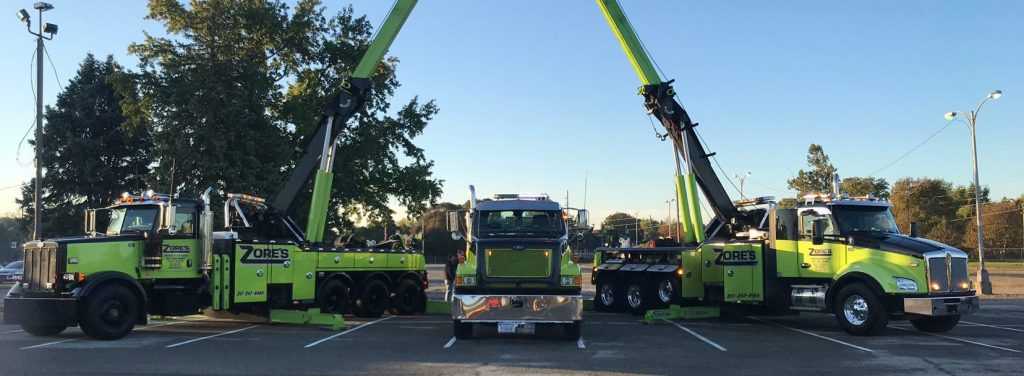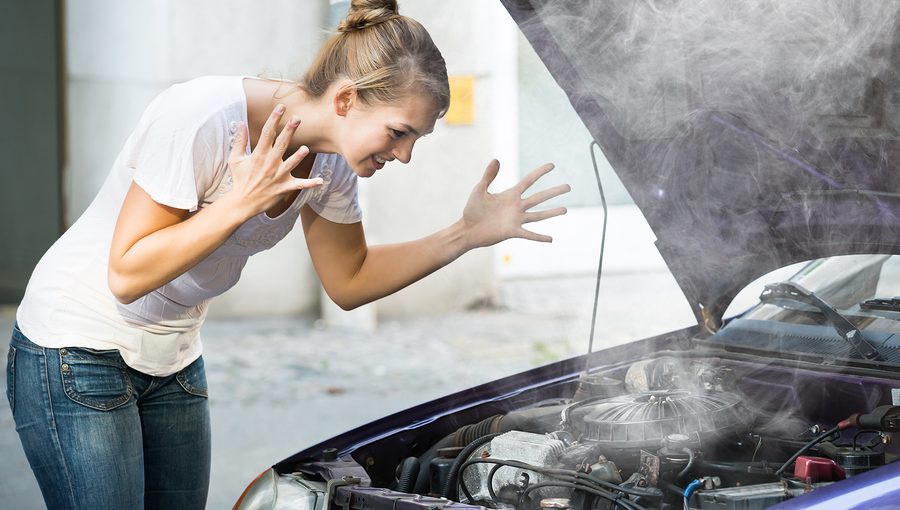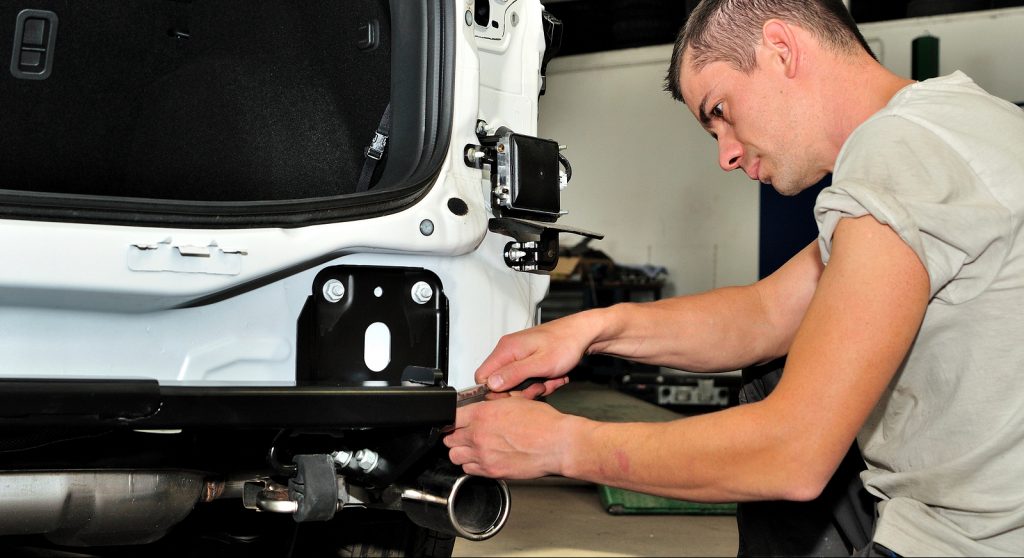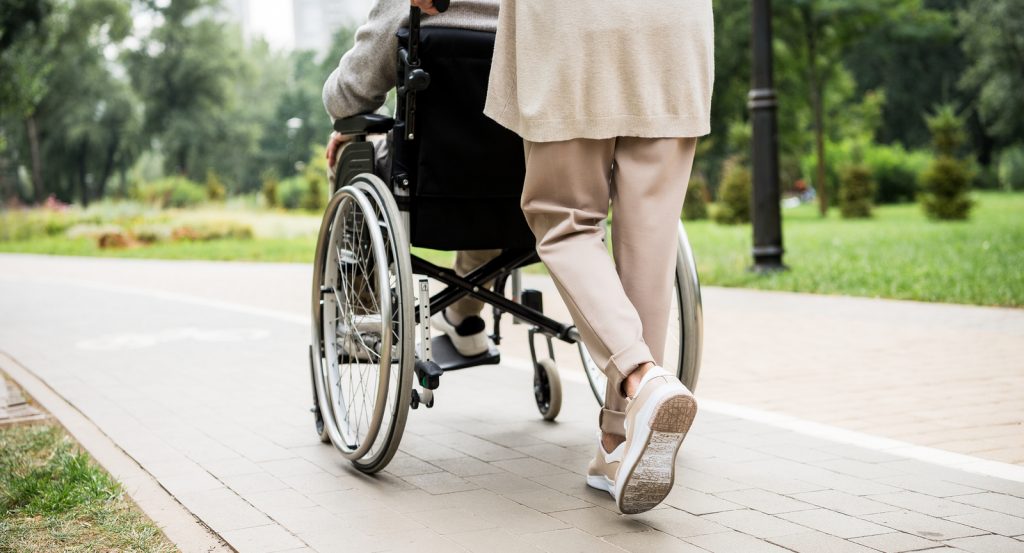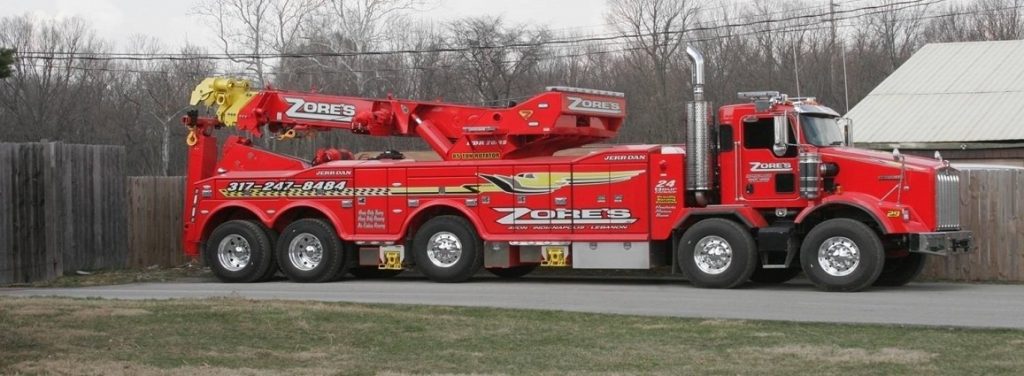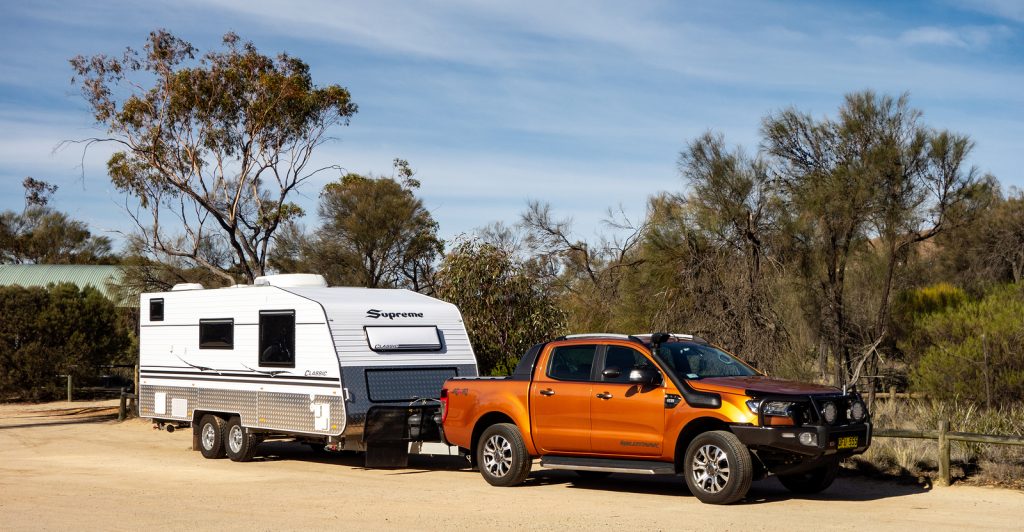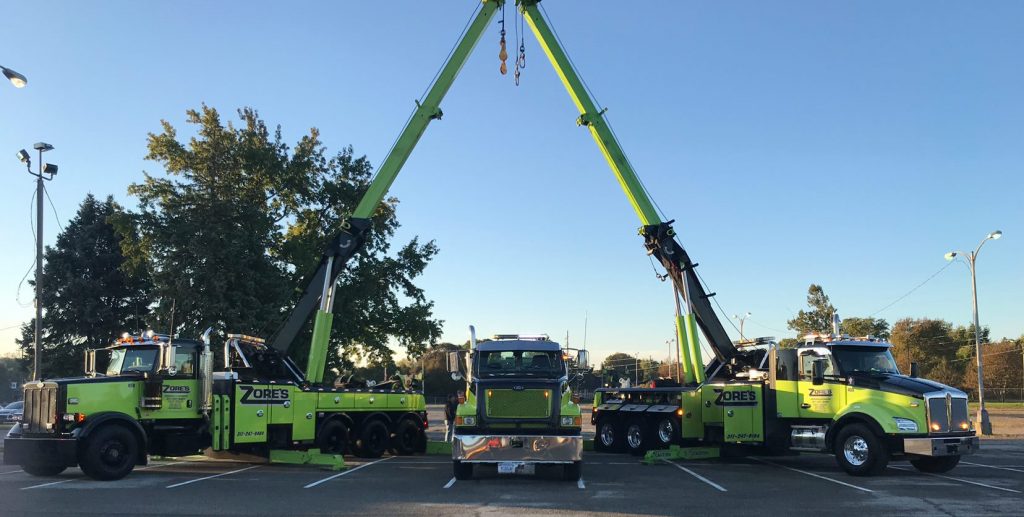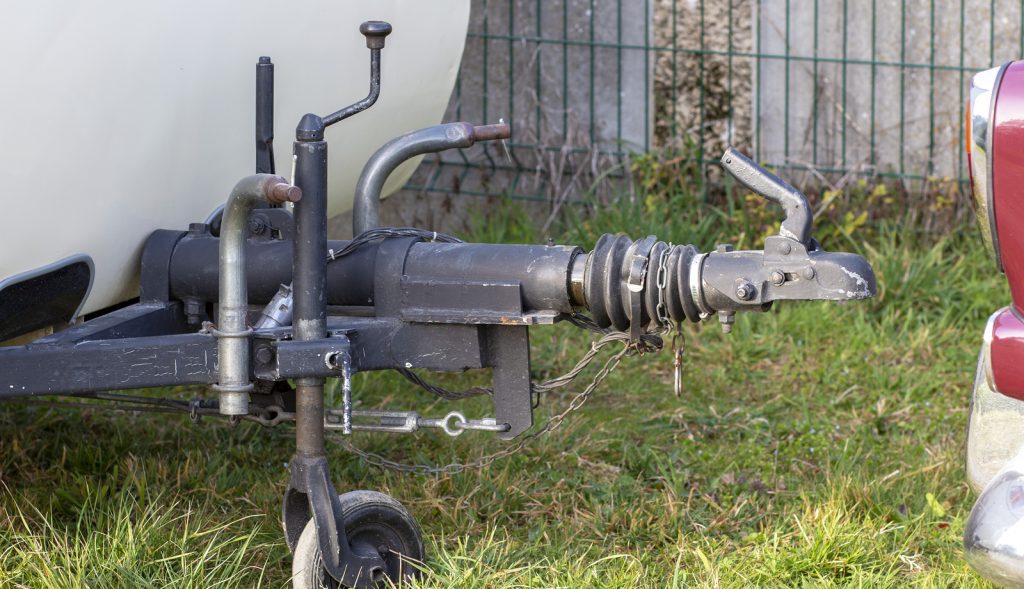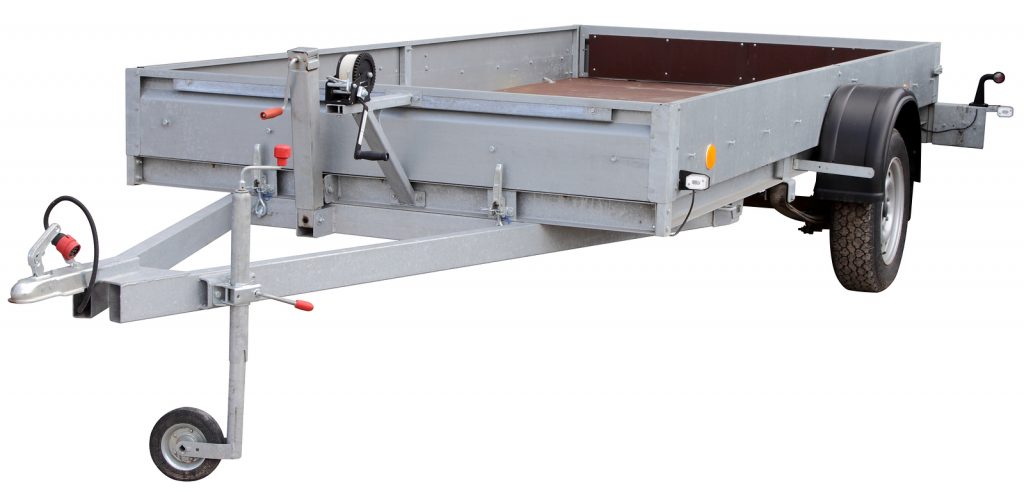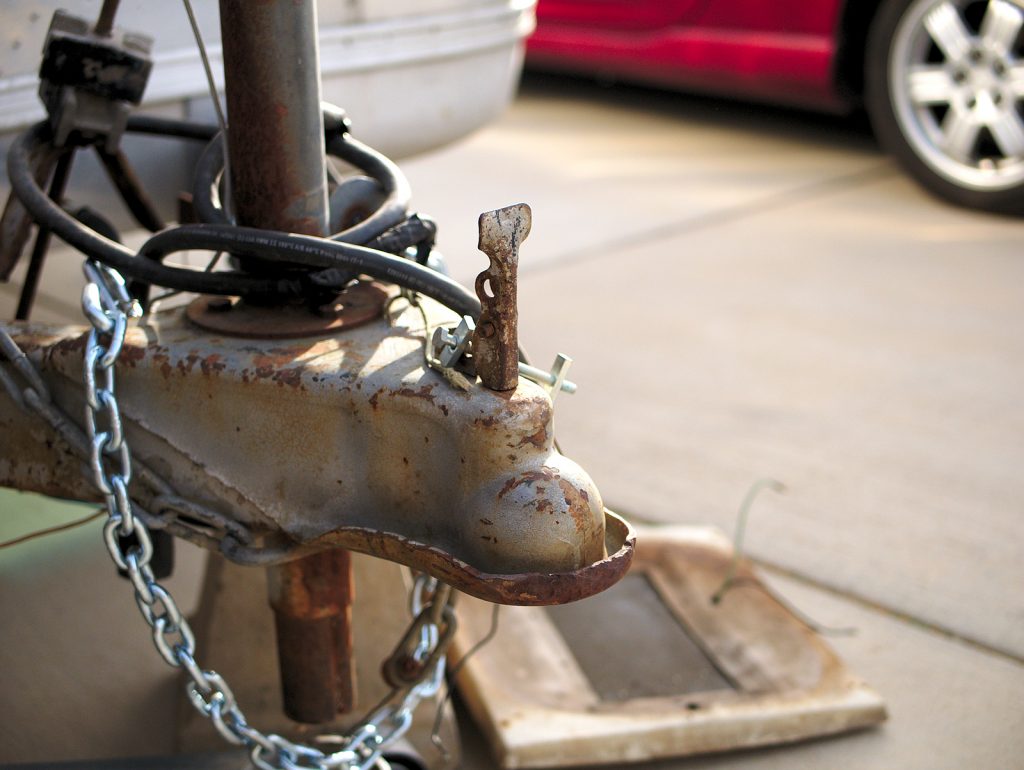When the Indiana heat index reaches extremely high temperatures in the summer, many of us start to have concerns about health and safety. As a result, we take certain precautions to ensure we are not at risk of heat exhaustion, heat stroke, and other serious heat-related illnesses and conditions.
However, there is one thing we tend to overlook when it comes to protecting ourselves in hot weather, and that is our vehicles. Not only can the hot summer sun and climate affect the performance and safety of your car, it can also put you in a dangerous position if your vehicles breaks down.
Continue reading to learn what you need to know about driving in hot weather, including what to do if your car overheats or breaks down on a hot summer day.
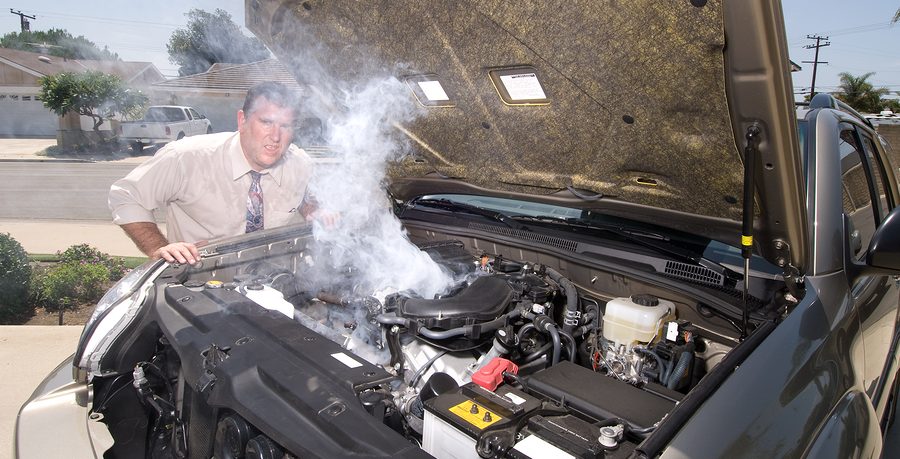
Cars and Hot Weather
A car will overheat if it is operated in excessive sun and high temperatures. As the outside temperatures increase, so does the rate at which your car engine produces and retains heat. As a result, engines can quickly become too hot and stop functioning properly. Also, if your car overheats on a hot summer day, you can be subjected to your own set of health and safety risks, especially if you do not have access to water or air conditioning. This is even more dangerous for children and individuals with existing health conditions.
What To Do if it Happens to You
Operating a vehicle that is overheating is extremely dangerous and should never be attempted. Instead, if your car or truck overheats, your first step is find a safe spot to pull over immediately. Once you are safely pulled over to the side of the road, turn off your ignition and wait for your car to cool down enough to check the coolant. If your coolant (antifreeze) is low, top it off with the extra bottle you hopefully carry with you at all times. See our blog, “What to Put in Your Summertime Roadside Emergency Kit” to learn what you should have on hand.
If your car cools down enough to start it back up, do so, but without the AC on. The air conditioning uses a lot of energy, so instead, drive with the windows down until you reach your destination. In fact, it helps to put your heat on max; although very uncomfortable, it will pull heat away from your engine and cool it off. If your car will not cool down, contact a local Indianapolis tow truck for assistance. You do not want to be sitting in a hot car in hot weather for too long, as this is extremely dangerous.
Call an Emergency Tow Truck in Indianapolis
Call Zore’s Towing at 317-247-8484 for prompt, 24 hour towing and roadside assistance in Indianapolis and its surrounding counties. Our licensed towing and recovery division retains an extensive fleet of over 35 tow trucks and wrecker equipment, allowing us to assist drivers 24 hours a day, 7 days a week, and 365 days a year, rain, snow, or ice. Request a free estimate, anytime.


